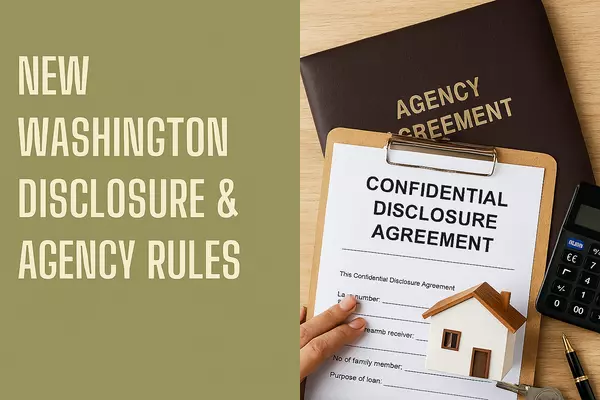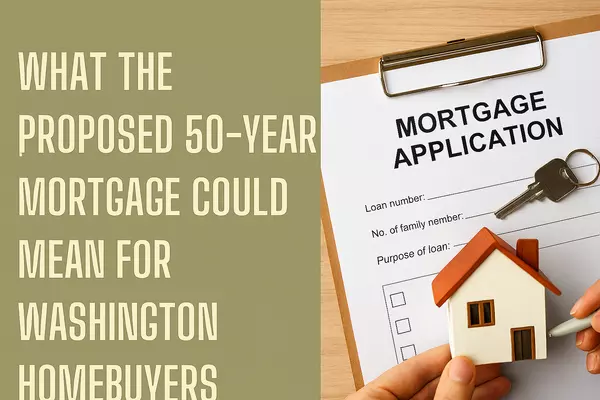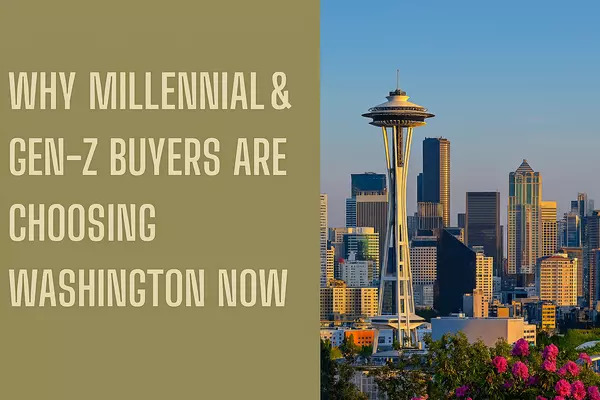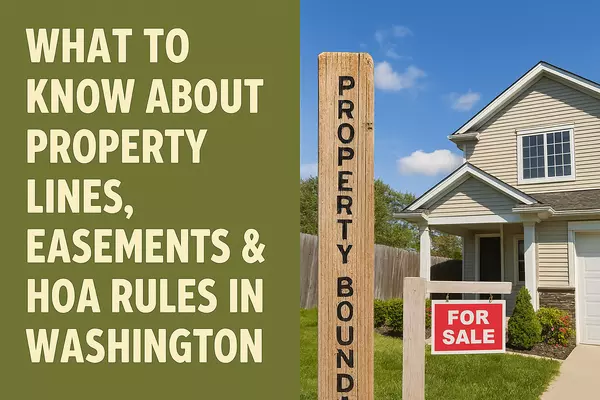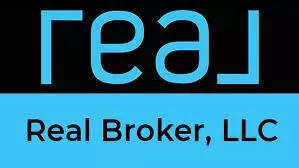Portable Mortgages Could Shift the Housing Crisis

Portable Mortgages: What They Are, How They Could Come Into Effect, and Why They Matter for Homeowners
For the last few years, homeowners with ultra-low interest rates have felt stuck. Even if they want to move, the thought of trading a 2–3% mortgage for today’s much higher rates makes it financially painful — sometimes impossible.
That’s where portable mortgages come into the conversation.
While portable mortgages are not currently a standard feature in the U.S., there has been rising interest among consumers, lenders, and even political figures in exploring how they might work. Here’s what you need to know.
What Is a Portable Mortgage?
A portable mortgage is a home loan that allows a homeowner to transfer their existing mortgage — including its interest rate and terms — to a new property.
Instead of getting a brand-new loan (at a much higher rate), the homeowner “ports” their current mortgage to their next home.
Portable mortgages are common in countries like Canada and the U.K., but they haven’t been widely implemented in the United States.
Why Are Portable Mortgages Being Discussed in the U.S.?
The conversation has picked up for one main reason:
Millions of homeowners are “rate-locked.”
People who bought or refinanced between 2020–2022 are sitting on historically low interest rates. Selling — and losing that rate — could mean:
-
Hundreds to thousands more per month in housing costs
-
A downgrade in affordability
-
Reduced mobility (moving for jobs, family needs, or lifestyle changes)
Because of this, housing inventory has remained tight, and mobility has slowed.
This has sparked policy discussions and campaign-level attention around creating tools that make moving more realistic again — including the idea of portable mortgages.
How Portable Mortgages Could Work in the U.S.
While not yet available, here are the general frameworks being debated or envisioned:
1. Lender-Level Programs
Banks and mortgage lenders could offer portable products voluntarily, allowing borrowers to transfer loans under certain criteria (property value, borrower credit, timing, etc.).
2. Federal Policy or Regulation
If policymakers approved a standardized program, Fannie Mae, Freddie Mac, or federal agencies could set guidelines making portable mortgages more widely accessible.
3. Hybrid Portability
Some models propose partial portability — for example, porting the rate on the first portion of the loan and refinancing the rest at current market rates.
None of these are official at this time, but they are increasingly part of industry conversations as affordability challenges persist.
How Portable Mortgages Could Help Homeowners
If implemented, portable mortgages could reshape homeowner mobility by offering:
1. The Ability to Keep Your Low Interest Rate
This is the biggest benefit. A homeowner could carry their 2–4% rate into their next home rather than being forced into a new loan at 6–8%.
2. Easier Upsizing or Downsizing
Life changes — new job, growing family, downsizing — become much easier when your mortgage can come with you.
3. More Housing Inventory
More sellers would be willing to list their homes because they wouldn’t be penalized with a drastically higher interest rate.
4. Increased Affordability
Monthly payments stay more manageable, even if the homeowner moves to a property with a similar or slightly higher price point.
The Bottom Line
Portable mortgages could be a powerful tool for improving affordability and mobility in the U.S. housing market. While they’re not available today, the fact that they’re being discussed is a sign of how urgently the market needs flexible lending solutions.
If portable mortgages become a reality, homeowners with low rates will finally have the freedom to move without sacrificing their financial stability.
Related Reading
-
Learn more about Washington’s newest real estate requirements:
Read my guide on the latest disclosure and Form 41 updates here → Click here. -
Thinking about downsizing instead?
Check out my blog on Smart Strategies for Downsizing After a Big Life Change → Click here
Thinking about moving but worried about losing your low rate?
Let’s talk through your options and build a strategy that makes sense for your future.
Contact Me →
Recent Posts


